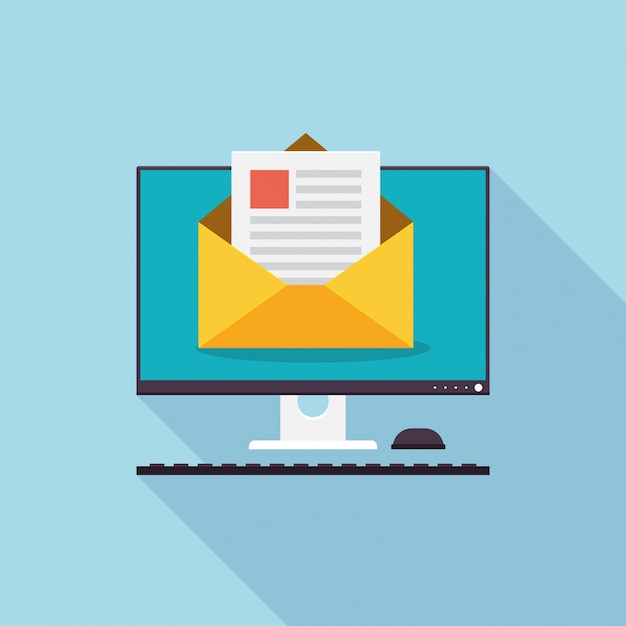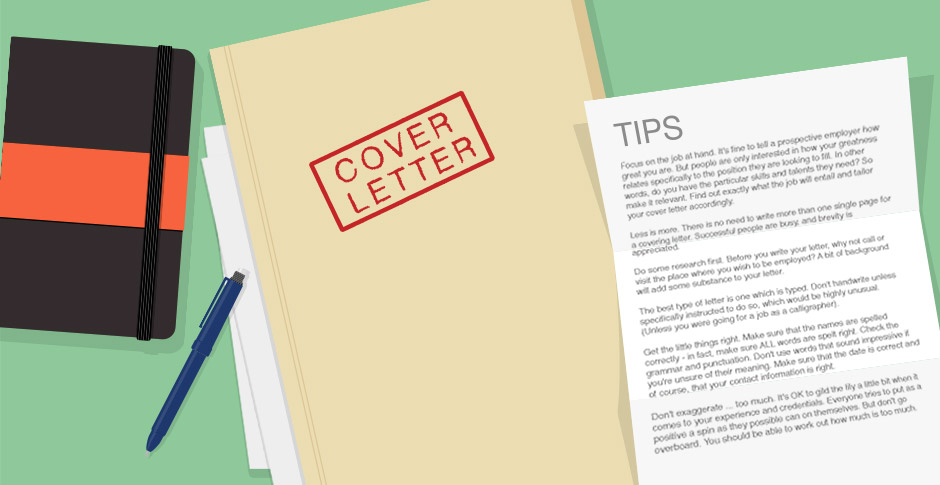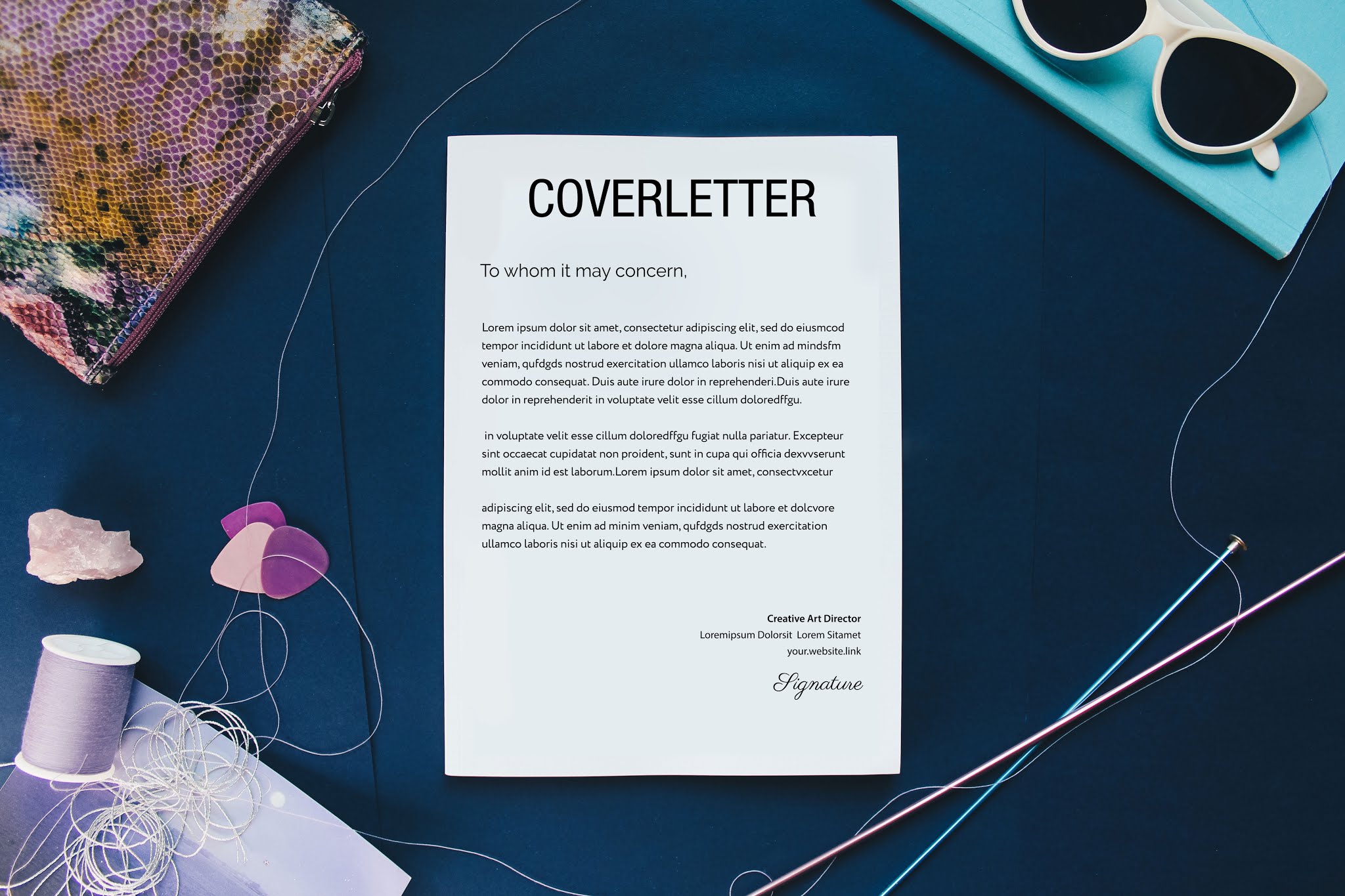How to Write the Best Cover Letter for a Job Application

posted:4 years agobyAwatef Hamdiin Cover Letters
The fashion of correspondence and sending letters is not new to the job industry. Letters in the field of employment can take many purposes and establish many changes in the candidate's career. Since applying for a job is always our concern, we will introduce you to the power of a good cover letter and its role in a job application. Before that, get more hints on CVs and resumes. Then, prepare yourself to the art of writing a cover letter. Before that, kindly read:
Why and How to Write a Job interview thank you letter?
How to Write a Resignation Letter
What is a Cover Letter?

As it may sound, a cover letter is essential in many fields, such as job applications, apprenticeship, and many other applications. Even though some employers do not specifically request a cover letter, knowing how to write, one would be an organized way to summarize your skills, objectives, and experiences. This letter can be more expressive than you and your resume, as it includes more details to convince employers that you are the best applicant for the job.
When you are writing a letter for similar purposes, you need to focus on the sides that persuade hiring managers to choose you, without falling for classic methods. Your cover letter should be your plane ticket towards the next level to make a positive first impression. Considering cover letter samples is excellent training to before writing your letter. Since this letter is significant in deciding your future, you need to follow the steps presented in this article:
Cover Letter for CV

A well-written cover letter does not replace a CV. It instead provides additional details revealing about the applicant’s personality and professional objectives. It should persuade employers about the target job position that you are applying for. Since the majority of employers receive many applications for every job vacancy, a cover letter can grab the employer’s attention because it shows your interest in this job in a compelling way. This letter connects between your experiences, qualifications, and skills to get the job.
How to Write a Cover Letter
- First, think about the language you might use to address the employer. You should write in a brief, natural, and explicit communication. No need to use robust expressions to show your intellect. The best message is always conveyed in simple terms.
- Choose a cover letter template to grab the attention of your reader.
- Think about the letter format that illustrates your information. You should include details available in the job description and match them with your skills. Or you can take the details from your CV and rewrite them in your letter.
- Include your contact information (address, phone, email, etc.) to help employers to reach you in case of accepting your application.

Email Cover Letter
We are living in a technology era; using quick and modern ways for job applications can be as effective as writing and printing your letter. As a job seeker, you need to have a professional email fit to the job industry. An ideal professional email address should include a simple combination of the candidate's first and last name or the full name with numbers. Remember that time is precious for recruiters and hiring managers to read every single line in a job application. That’s why you need to plan for an impressive email that has a straightforward content, nice formatting, and formal language. For more professional emails, check this article:
Follow 7 Tips for Writing Cold Emails for Jobs and Get Warm Response
Mailing a cover letter is not a complicated process. Usually, job search-related emails are very brief and coherent. Here's what to include when it comes to sending a cover letter through email messages.
1.Subject Line
A subject line summarizes the whole email. It usually highlights the sender’s purpose for writing an email. Many standard subject lines work for employees, clients and student and all kind of internet users
2. Salutation
Start your email by addressing the receiver through standard labels such as Dear Mr./Ms. LastName. If you don’t know the hiring manager’s name, use general labels such as Dear Hiring Manager.
3.The Body of the Message
The body of your email includes the same body of your cover letter. You can either copy-paste it or write a new one, attached by your CV or resume.
4. Email Message Format
A cover letter email should be formatted like any business letter, with spaces between paragraphs, punctuation, and clear sentences. If you have trouble at emailing your cover letter, keep in as an email draft and try to enhance it from time to time.
5.Email Signature
You can include an email signature. After writing the body, put your full name, your contact information (email address, phone number) then your email signature. This signature puts more credibility to your application. You can also add further contact details such as your LinkedIn profile so that recruiters can easily reach you online.
6.Attachments
A rich cover letter email should be equipped with more documents. Attach more files like a resume.
A cover letter Email Sample
Subject Line of Email Message: Mention your Job Position - Including Your Name
Salutation:
Dear Mr./Ms. Last Name or Dear Hiring Manager:
First Paragraph:
This paragraph includes the reason why you are writing this letter. Therefore, be direct mention the job position you are applying for.
Middle Paragraph:
This paragraph describes your skills, qualification, and experience, including what you can add to the industry to motivate employers to contact you.
Final Paragraph:
The last lines of a cover letter include thanking the employer for considering your letter and application. Give a positive statement about waiting or expecting approval.
Email Signature:
FirstName LastName
Email address
Phone
LinkedIn profile (optional)
This was a brief article on the writing tips for crafting a cover letter. Be a creative, motivated, and successful candidate by following these guidelines.
